I Refused to Go to Work After a Family Emergency—HR Got Involved


All the islands can be easily tracked by coordinates, but it’s not the case with these Peruvian islands. These floating islands occupy a corner of Lake Titicaca, the world’s most navigable lake. The cool thing about Uros Islands is that these islets are human-made. They were built by layering totora roots and reeds.
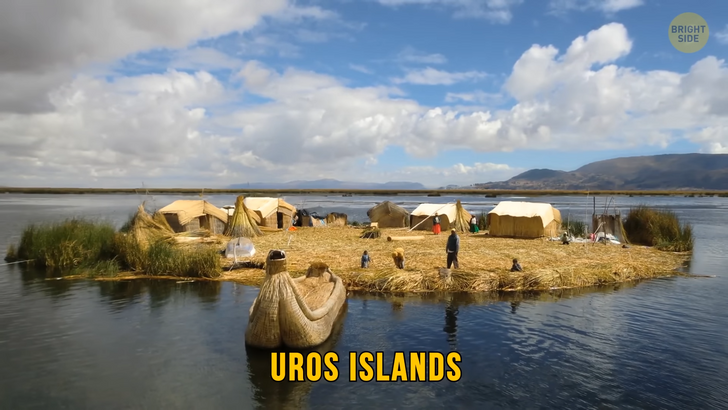
Totora is water-resistant, and it can also be used for making boats, roofs, mattresses, and more. Also, these islets are kind of... edible. You heard it right. The plant the islets are made from can be eaten, and its flowers can be used to make tea. There’s a serious downside though: every 15 to 20 days, the reeds composing the islets rot, so they need to be replaced with new ones. So it’s like an endless cycle of works and repairs.
As it’s human-made, it’s more of a boat than an island. Plus, the Titicaca waters can be pretty turbulent, so the locals needed to find a way to stop the islands from constantly drifting away. To do that, they stick eucalyptus rods into the bottom of the lake. These rods serve as anchors.
Despite the tininess of these islets, there are 2 languages spoken in this territory: Quechua and Aymaran. Also, people living there are pretty self-sufficient. They can even weave their own fabric and make stunning outfits out of them, forget about mass-market clothes!
Today, Uros Islands are quite modern: there are solar panels to give just enough power for light and even TVs, there’s a radio station on the main island, and the best part is that the locals even rent lodges to tourists. Yep, you can book everything online.
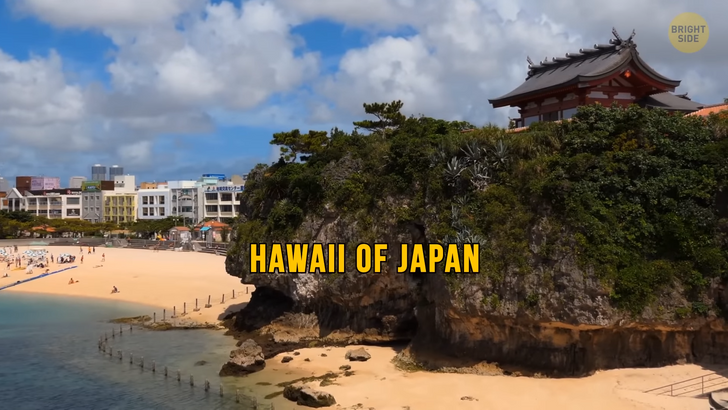
Ever since ancient times, people have always been looking for the secrets of longevity. It turns out that there’s actually a conveyor belt of centenarians. Nah, not a conveyor belt for sure but rather a geographical area famous for its inhabitants beating all the longevity records. Let’s go on a trip to Okinawa! No visa and tickets are required, plus, you won’t be jet-lagged.
So, Okinawa has a nickname the “Hawaii of Japan”, but we need to differentiate two concepts here: the Okinawa prefecture, which is made up of more than 160 islands and the main island, which is also called Okinawa. By the way, if you ever want to get to this island or any neighboring ones, you’ll need to hop on a ferry. For those who dislike winter — Okinawa is the perfect destination for you! Even in its colder months the temperature there can reach 68F. Yep, and ocean water is also pretty inviting!
In addition to perfect weather conditions, they also seem to have a perfect diet in that archipelago. Thing is, this place is a melting pot of cuisines. There’s a strong Chinese influence there, so you’ll easily find Chinese delicacies on any menu. If you’re more into noodles, then you can treat yourself to soba noodles. Taco rice is also popular there.
And they have their particular type of seaweed: the sea grapes! They say it’s the diet rich in tofu, yam, and seaweed that makes people in this area live longer than average. There’s already enough to make you want to visit this awesome place, but here are some more cool facts about Okinawa. For one, the first cherry blossoms can be found here. It’s already possible to see the first petals in mid-January. And, this local is the birthplace of karate. So, chop chop — on we go to the next destination!
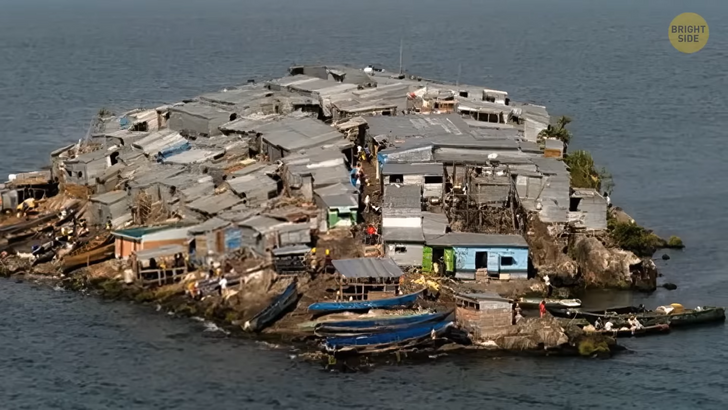
This is a football field. Let’s cut it in two halves. Look at one of the resulting halves. And now imagine 100 people living there. They say Hong Kong is the busiest place on our planet, but Migingo island seems to be no less busy than that! Different sources provide different information, some of them say there are 131 inhabitants, while others claim there are about 500 of them! Let’s stick to a less shocking figure, but 131 inhabitants for half an acre is still mind-boggling. By the way, it’s not the only peculiar thing about this island.
Its location is quite interesting too: unlike most “regular” islands, this one’s located in Lake Victoria, between Kenya and Uganda, and not in the sea or ocean. There are quite a lot of buildings for its small territory, and all of them have metal tiled roofs. If you saw it from above, you’d think it’s a giant metal turtle floating on the water. There’s barely any vegetation there. Most of the island is covered with rocks, yet there’s a tiny piece of land with green grass and just a couple of small shrubs. The island is all about fish. Most men there go fishing every day, while the women hang the fish on a string to dry and save up for later or sell.
Most of the people living on the islet of Migingo make their living catching fish in the plentiful waters around the island. There are tons of fresh perches out there. Yep, there are jobs, but no hospitals, no schools, and no other public institutions. But surprisingly there’s a 12-room hotel made of corrugated iron. Also, there’s a hairdresser’s office where you can get stunning braids. Money circulates here, so it attracts various businesses. They even have two tailor shops with a variety of fabrics.
Most of the buildings are made of steel, especially on the high street. There are also some makeshift huts in the alleyways. Almost all of the houses belong to the same person — Joseph, who rents them. He also owns some of the bars. There’s only one building made of brick on the island. It’s the house for the boat engines, and it belongs to Leonard Obala. He owns most of the fishing boats on the island. Hey, mention my name to Lenny and you’ll get a good boat.
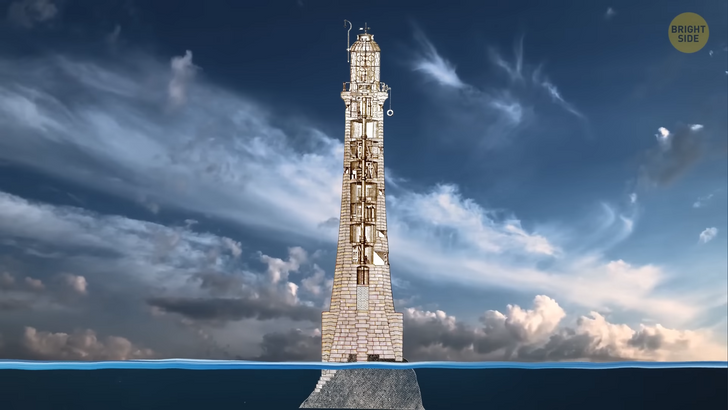
Migingo island may be one of the most densely populated, yet it’s not the tiniest inhabited island on the planet. The island of Bishop Rock, a part of the Isles of Scilly, which sounds like something right out of Monty Python. It’s located 28 miles off Cornwall and may not have any grass for the sheep to feed on, but it may fit in some people.
Almost two centuries ago, in 1847, it was decided to build a 167-foot lighthouse there. The whole construction process was quite tricky — the workers could barely find the place to step on! It took almost a decade to build it. The first lighthouse was made of steel and was never lit because it was washed away in 1850. The second attempt was more successful, with the whole construction made of stone. There are 10 floors, which are:
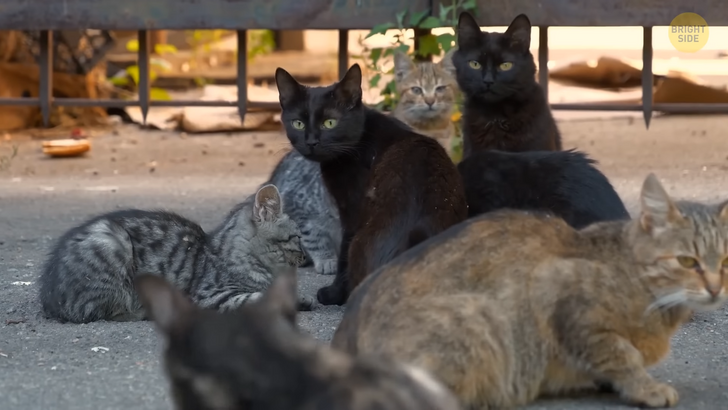
Any lighthouse needs a keeper, so they moved into the place in 1858, and it first lit its paraffin lamps on the 1st of September, the very same year. It meant that Bishop Rock wasn’t uninhabited any longer. It wasn’t the first time that the island got some dwellers, the first people appeared there back in the 13th century.
It was a kind of punishment for those who were guilty of felonies. Like this, it became Britain’s smallest island. It still holds a Guinness record for being the World’s Smallest Island with a Building on It. Today the island is uninhabited because the lighthouse has been automated since 1992.
We’ve had a longevity island, one of the world’s densest islands, the smallest one, and never-stopping edible islands, but what about the cutest island? I’m sure everyone’s going to love it unless they’re allergic to cats. There are only about 55 human residents, but over a hundred 4-pawed ones.
They say the fluffy residents are really sweet, as they’re used to being around people. So, the moment you step on the Tashirojima island you’ll be greeted with a rub against your legs! There’s even a Cat Shrine on that island, which is quite rare. And (wait for it), it’s the cat’s meow!











